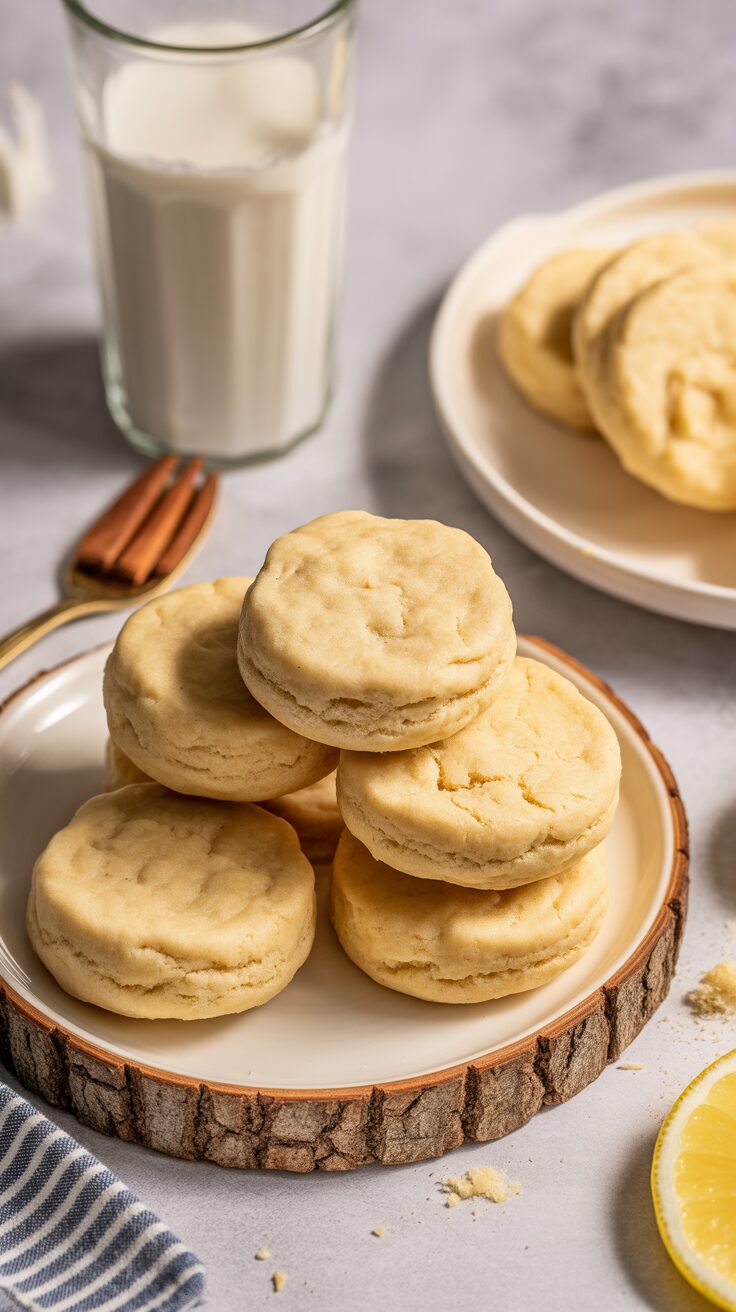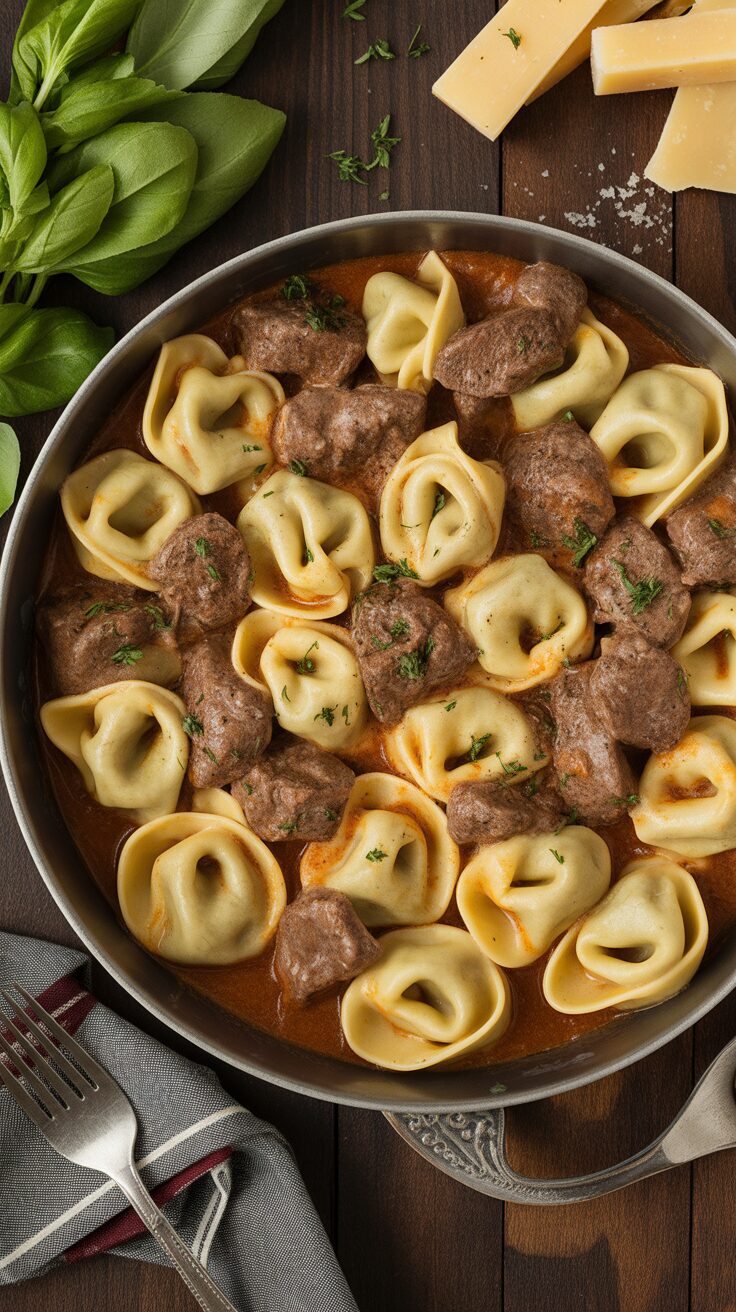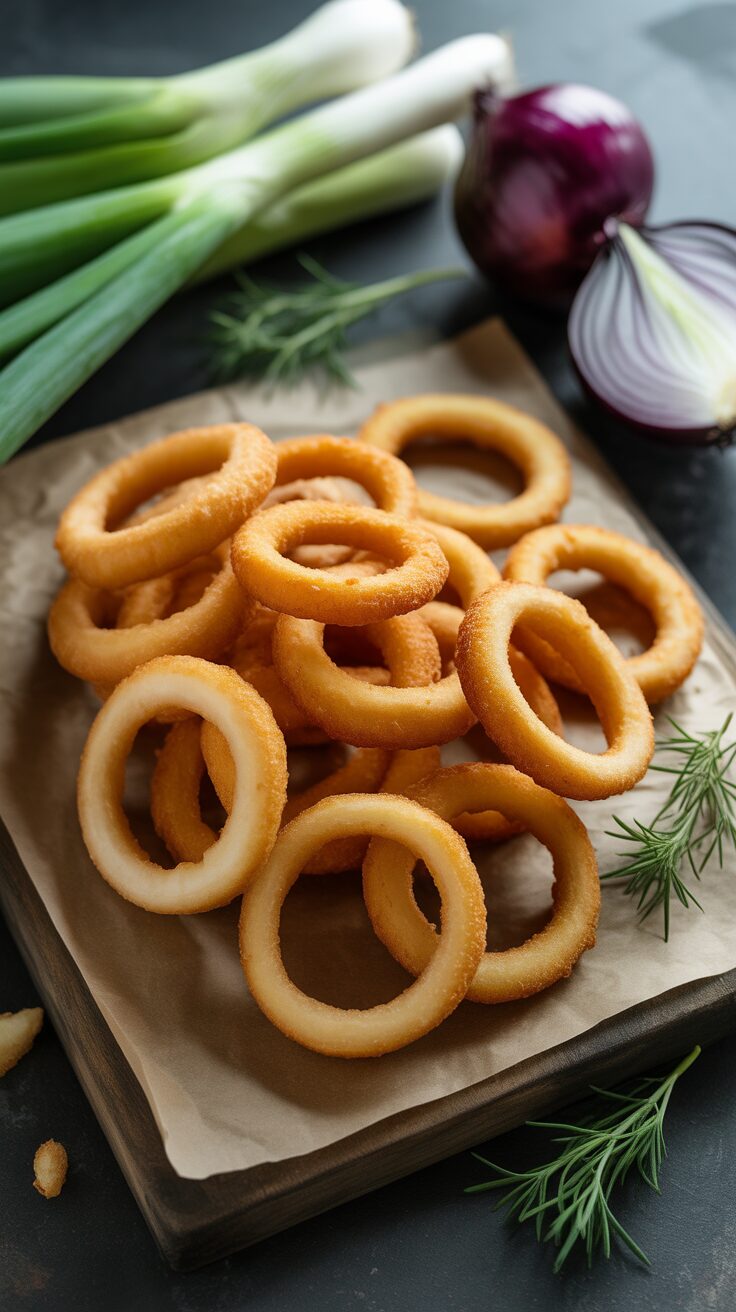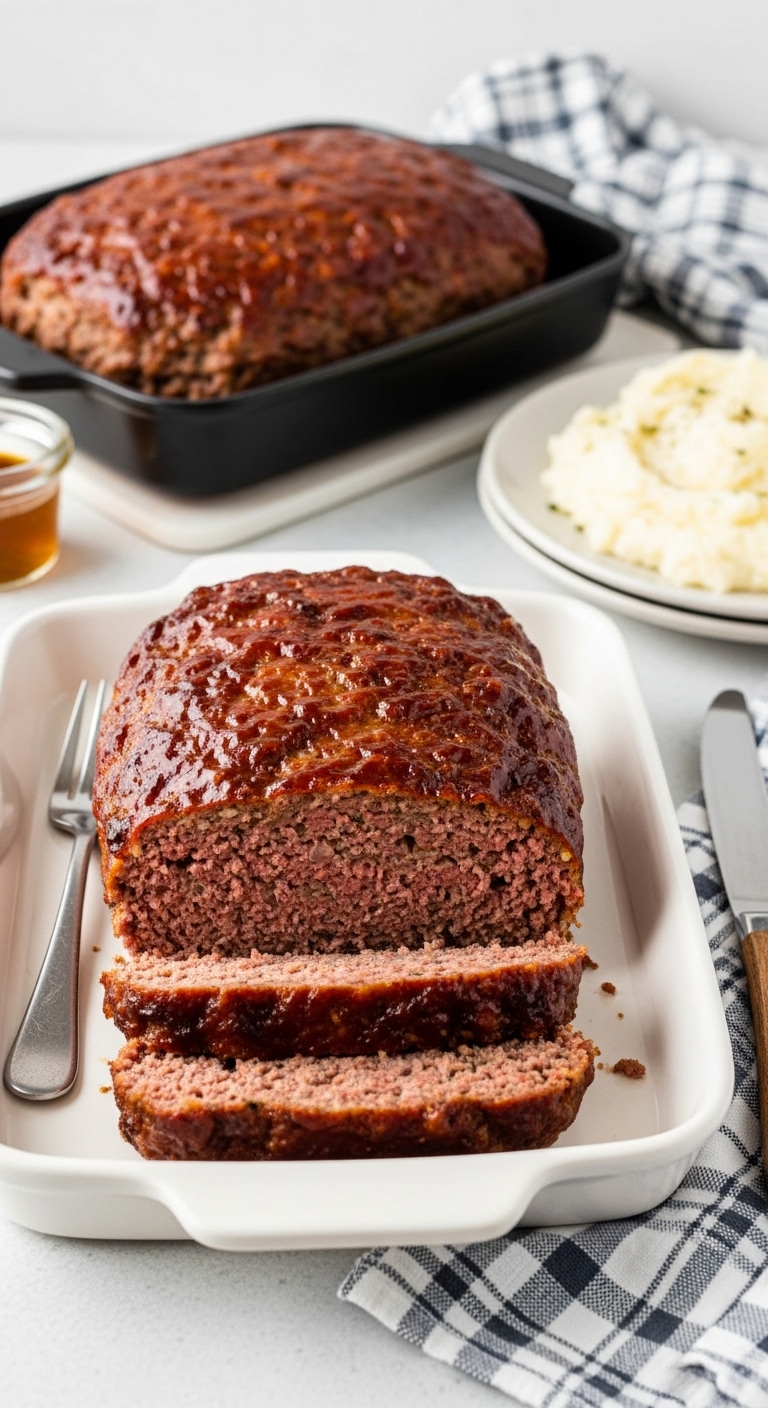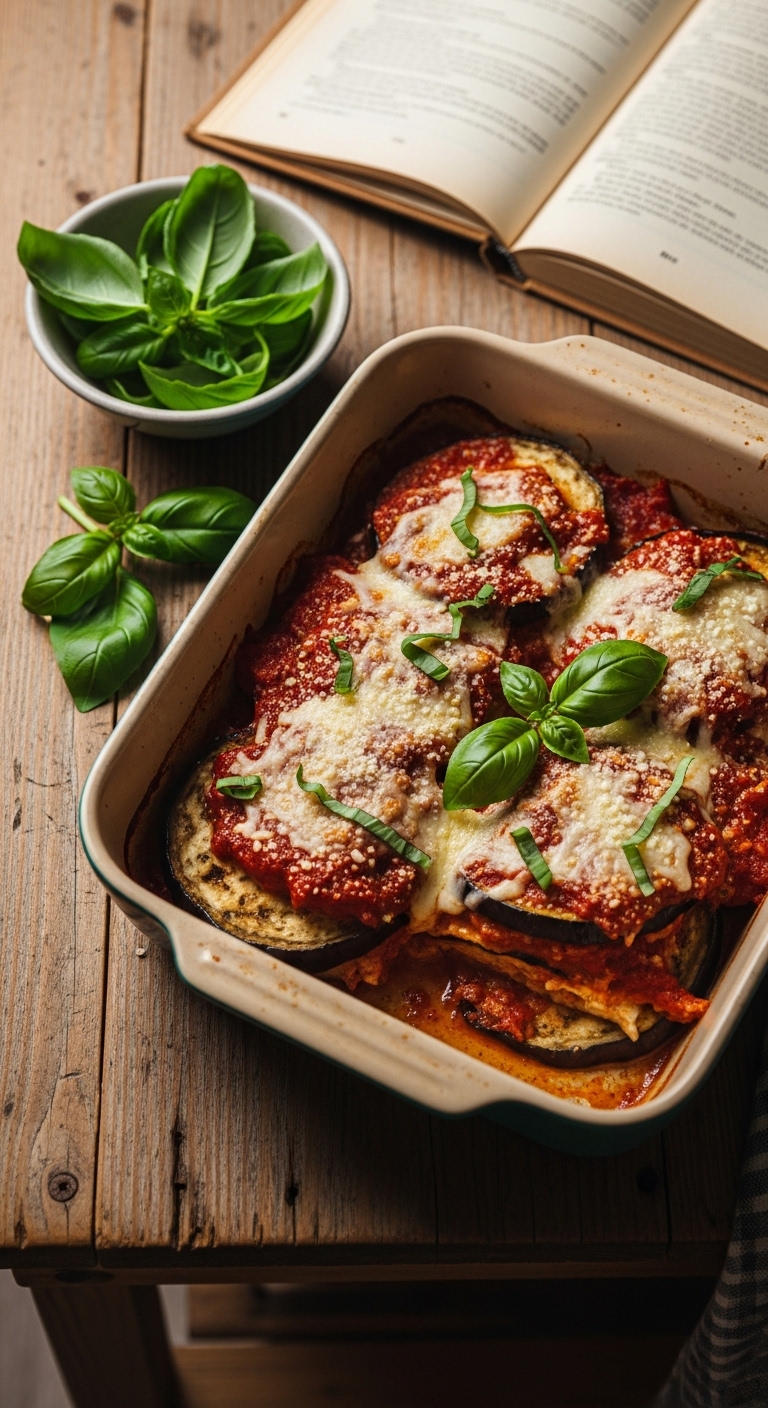Potato Salad Recipe Easy to Follow for Perfect Results Every Time

Potato salad is a classic dish that brings together tender potatoes and a creamy dressing for a simple yet satisfying side. It often features ingredients like mayonnaise, mustard, hard-boiled eggs, and crunchy additions such as celery or pickles. The best potato salad balances creaminess, tang, and texture to suit a variety of tastes.
Different recipes highlight unique details like vinegar-first methods, sweet or tangy dressings, and various types of potatoes to enhance flavor and consistency. Whether for a family cookout or a quick side at home, mastering a reliable potato salad recipe is straightforward and rewarding.
This guide offers clear steps and useful tips that anyone can follow to prepare a classic and delicious potato salad with confidence.
Key Takeways
- A balance of creamy and tangy elements is essential for flavor.
- Quality ingredients and proper technique ensure the right texture.
- Simple variations allow customization for different preferences.
Ingredients for Potato Salad

A successful potato salad depends on selecting the right potatoes, balancing seasonings, and adding complementary ingredients that enhance texture and flavor. Each element plays a specific role in achieving the classic creamy and tangy profile.
Choosing the Best Potatoes
Waxy potatoes like Yukon Gold or red boiling potatoes are best for potato salad because they hold their shape when cooked. These varieties have a creamy texture without turning mushy.
Russets or other starchy potatoes tend to break down, creating a gluey salad. Peel and cut the potatoes into evenly sized chunks, usually about ½ to ¾ inch, to ensure consistent cooking.
Cooking potatoes until just tender minimizes the risk of overcooking. This keeps the salad’s texture firm but not hard.
Key Seasonings and Flavors
The base of flavor in potato salad usually includes mayonnaise and vinegar, providing creaminess balanced with acidity.
Common choices include:

- Mayonnaise (about ¾ to 2 cups depending on the batch size)
- Vinegars like apple cider, red wine, or pickle brine (1–2 tablespoons for tang)
- Salt and freshly ground black pepper for seasoning
Mustard is often added in small amounts to build depth, and a touch of sugar or sweet pickle juice can balance acidity.
Optional Add-Ins
Classic potato salad often includes crunchy vegetables and proteins for texture and variety. Hard-boiled eggs, chopped celery, and green onions are traditional favorites.
Other possible additions include:
- Pickles or relish for a briny bite
- Fresh herbs like dill or parsley for brightness
- Onions, either raw or lightly sautéed, depending on taste
These ingredients add complexity but should not overwhelm the salad’s core flavors.

Step-by-Step Cooking Instructions
This recipe requires precise preparation of potatoes, careful mixing of the dressing, and proper combining of all ingredients for the best flavor and texture. Each step ensures the potato salad turns out creamy, balanced, and ready to serve chilled.
Prepping and Boiling Potatoes
Start by selecting medium-sized potatoes, such as Yukon Gold or red potatoes, for their firm texture. Wash them thoroughly to remove dirt. Cutting the potatoes into uniform, bite-sized pieces helps ensure even cooking.
Place the cut potatoes in a large pot and cover them with cold water by about an inch. Add a tablespoon of salt to the water to season the potatoes as they cook. Bring to a boil over high heat, then reduce to medium and simmer for 8 to 10 minutes. Test the potatoes with a fork; they should be tender but not falling apart.
Once cooked, drain the potatoes and spread them on a baking sheet or tray to cool. Cooling before mixing helps maintain the desired texture and prevents the dressing from becoming watery.
Mixing the Dressing

While the potatoes cook, prepare the dressing using mayonnaise, mustard, vinegar, salt, and pepper. A common ratio is 1 cup mayonnaise to 1 tablespoon mustard and 1-2 tablespoons vinegar. Adjust acidity and saltiness to taste.
Whisk the ingredients together in a bowl until smooth and creamy. Adding finely chopped onions, celery, or fresh herbs at this stage enhances the flavor. Avoid over-seasoning the dressing now, as it can be balanced later when combined with potatoes.
For a smoother texture, the dressing can be chilled briefly before combining with the potatoes, which helps it thicken slightly.
Combining and Serving
Gently fold the cooled potatoes into the dressing, ensuring each piece is coated evenly. Avoid stirring too vigorously to keep the potatoes intact. Taste the mixture and adjust seasoning with additional salt, pepper, or vinegar if needed.
For best results, refrigerate the potato salad for at least one hour before serving. Chilling allows flavors to meld and the salad to firm up. Serve cold alongside grilled meats or sandwiches.
Optionally, garnish with chopped hard-boiled eggs, parsley, or paprika to add color and texture. Store leftovers in an airtight container in the refrigerator for up to three days.
Popular Potato Salad Variations

Potato salad comes in many styles, each with distinct ingredients and preparation methods that reflect different culinary traditions. Some versions emphasize creamy textures, while others focus on tangy or warm dressings to enhance the flavor of the potatoes.
Classic American Style
This version typically uses boiled potatoes, peeled or unpeeled, combined with mayonnaise as the base dressing. Key additions often include chopped celery, hard-boiled eggs, and onions for crunch and flavor.
Mustard, usually yellow or Dijon, adds a mild tang, while salt and pepper season the salad. Some recipes include pickles or sweet relish for a subtle sweetness. This style is a staple at picnics and barbecues.
Cold serving is standard, and the salad is often garnished with paprika or fresh herbs like parsley. It emphasizes creamy texture complemented by crisp ingredients.
German Potato Salad
German potato salad features a warm dressing made from vinegar, bacon drippings, and sometimes sugar, which creates a tangy, slightly sweet, and smoky flavor. It uses waxy potatoes to hold shape during tossing and reheating.
Sautéed onions and crispy bacon pieces are key components, providing texture and richness. This salad is typically served warm or at room temperature rather than chilled.
It commonly includes fresh herbs such as chives or parsley. The vinegar-based dressing provides a sharper taste profile that contrasts with the creamy American style.
Dairy-Free Versions
Dairy-free potato salads avoid traditional mayo or sour cream by using alternatives such as olive oil, vinaigrettes, or avocado-based dressings. These options maintain moisture and flavor without dairy ingredients.
Ingredients like mustard, lemon juice, or fresh herbs enhance brightness and complexity. They cater to dietary restrictions while preserving the classic potato salad appeal.
Vegetables such as celery, bell peppers, or green onions add crunch and freshness. These versions are suitable for vegan or lactose-intolerant eaters and work well for outdoor events and casual meals.
Expert Tips for Perfect Potato Salad
Potato salad requires attention to detail, especially when it comes to cooking technique and ingredient choices. Small adjustments can prevent common problems like mushy texture or bland flavor. Thoughtful ingredient swaps also add layers of taste and texture to the final dish.
Avoiding Common Mistakes
Cooking potatoes properly is essential. He should boil them whole in cold water and bring to a gentle simmer to ensure even cooking and avoid waterlogging. Using waxy potatoes like red or Yukon Gold helps maintain a firm texture.
Overmixing can cause a mushy salad. Gently folding ingredients preserves the potato shape and texture. He should wait for potatoes to cool slightly before adding dressing to prevent it from becoming oily.
Salt is crucial before and after cooking. Salting the boiling water seasons the potatoes internally, while seasoning the finished salad balances flavors. Avoid adding too much mayonnaise, which can overwhelm and mask the other elements.
Ingredient Swaps and Enhancements
Swapping traditional yellow mustard for Dijon adds subtle sharpness without overpowering. Incorporating diced hard-boiled eggs, crispy bacon, or green onions provides texture contrast.
For acidity, he can substitute vinegar with a squeeze of fresh lemon juice. Adding sweet pickles or capers introduces a bright, tangy note.
Using a combination of mayonnaise and Greek yogurt lightens the dressing. Fresh herbs like dill or parsley boost aroma and freshness without adding fat or calories.
These ingredient choices customize potato salad while maintaining its classic appeal.
Serving, Storage, and Make-Ahead Advice
Potato salad is best when prepared and stored properly to maintain freshness, flavor, and safety. Timing and handling affect texture and taste, so careful planning is key for a satisfying dish.
Safe Storage Guidelines
Potato salad should be placed in an airtight container immediately after cooling and refrigerated at or below 40°F (4°C). It can safely be stored for up to 3 days. Storing it longer increases the risk of spoilage and foodborne illness.
If made in advance, it is important to avoid overdressing the salad early. Dress lightly at first and add fresh ingredients like herbs or chopped celery just before serving to preserve texture.
Always keep the salad chilled until serving. If left out for more than two hours at room temperature, discard it to prevent bacterial growth.
Serving Suggestions
Serve potato salad cold or at slightly chilled temperatures to retain its creamy texture. It pairs well with grilled meats, sandwiches, and picnic dishes.
Consider adding garnishes such as paprika, chopped chives, or hard-boiled eggs for extra color and flavor contrast.
For best presentation, stir the salad gently before plating to redistribute dressing without crushing the potatoes. Serve it in a shallow bowl or on a platter to keep it visually appealing and easy to access.

